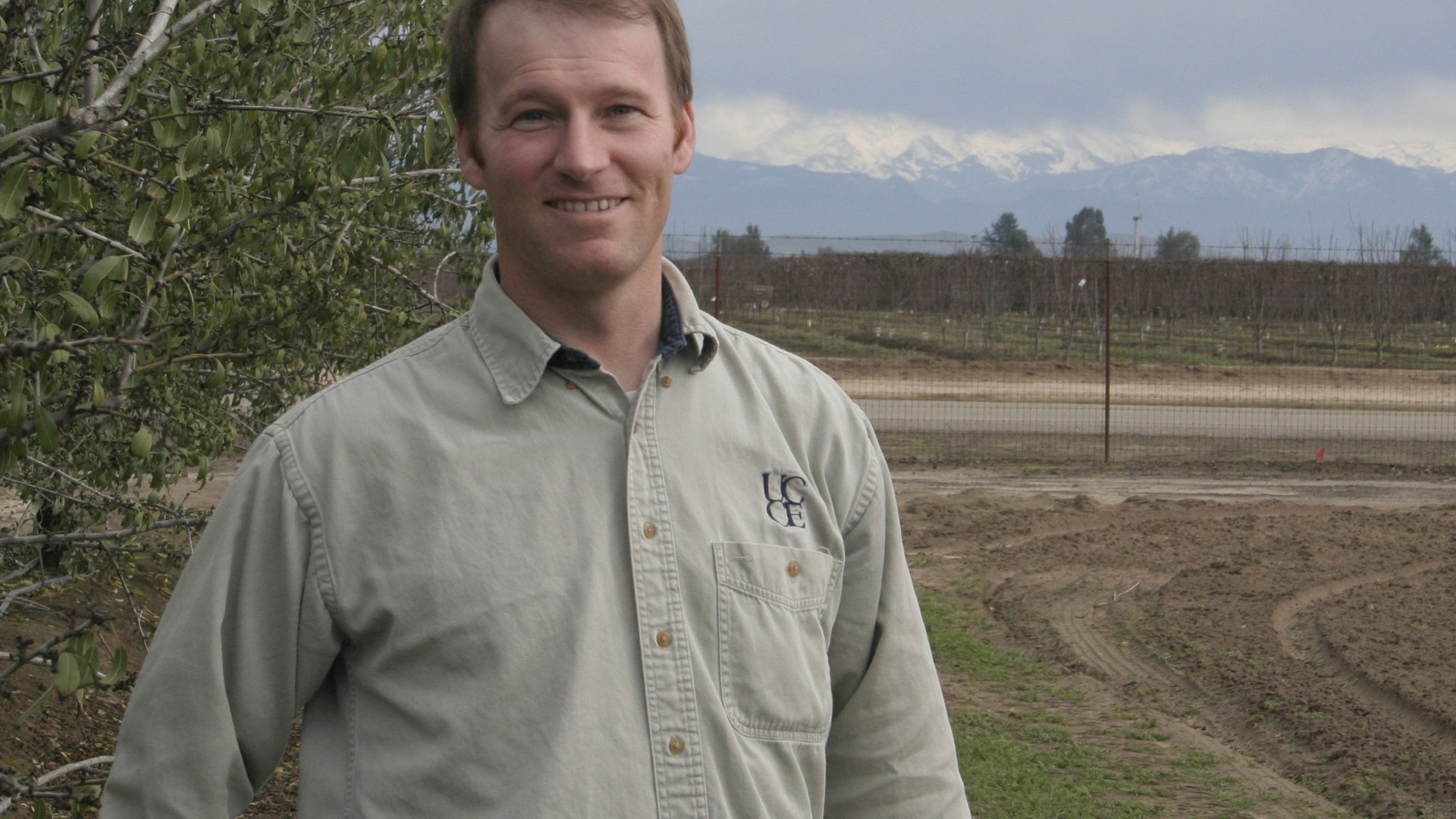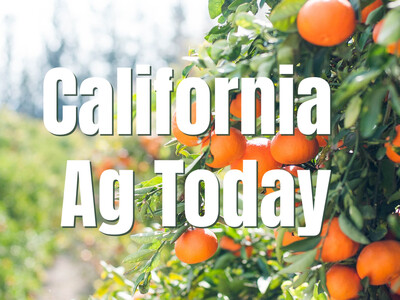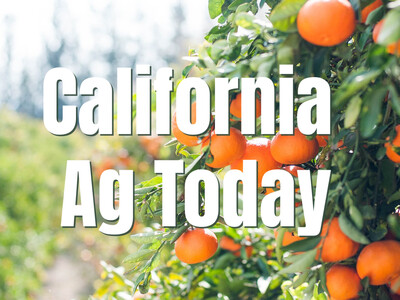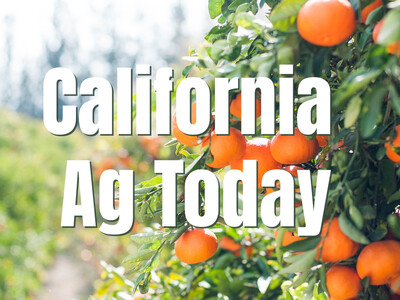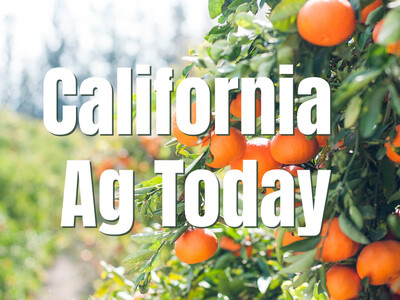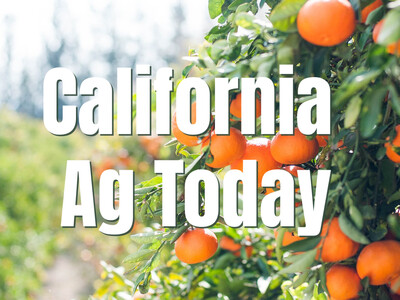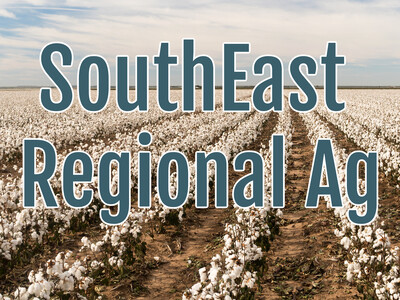Stem Water Potential

Tim Hammerich
News Reporter
Yesterday we talked about the importance of not starting irrigation too early in almond orchards. Farmer and former Madera County Cooperative Extension Agent David Doll recommends monitoring soil moisture by checking stem water potential.
Doll… “This is taking a leaf that's in the lower canopy of the tree on the shaded side and using a pressure chamber or what they call a pressure bomb to see how much pressure it takes to squeeze the water out of it.”
Doll says growers determine their baseline and wait to start irrigating until they have higher readings than that baseline. I asked him about the difference between checking moisture this way versus using a soil moisture probe.
Doll… “The stem water potential utilizes the tree as a giant soil moisture sensor. So it's taking account the entire root system and its availability to water. So if the tree is stressed, that means there's not enough water in the entire root system of the tree. A soil moisture probe on the other hand provides you with a more continuous read and it's automatic. So I think it comes down to how it fits into your operation. I've always been a guy that's going to tell you more data is better. But at some point you have to be able to manage and make a decision off of it. And I think which system is chosen will probably be dependent on the operation and the amount of capability to get across the field. And I would say you're going to have more accuracy with a stem water potential, but you're going to have a lot more data and be able to see the trends apparent with soil moisture sensors.”


